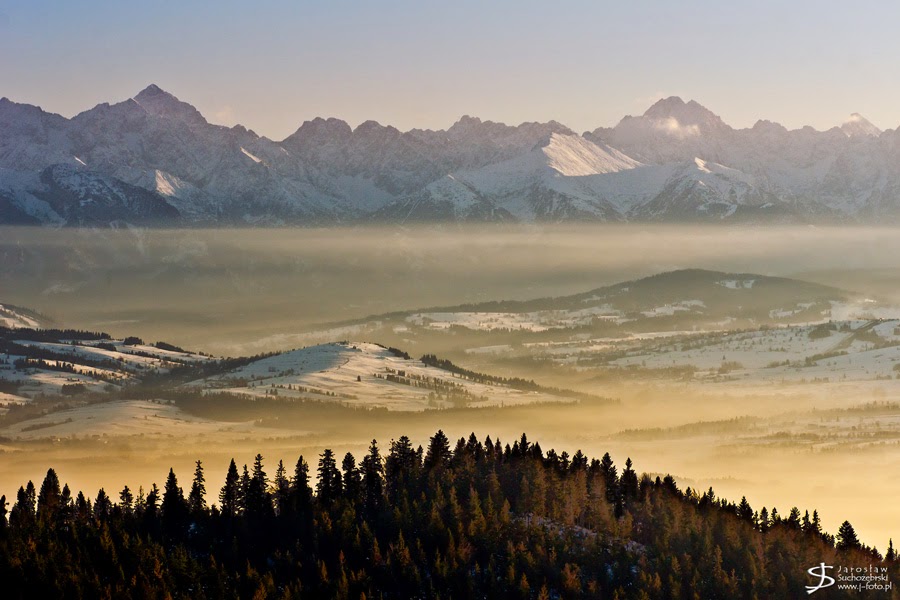Peaks of Żywiec Beskids

A view from the Pilsko mountainside towards the western part of Żywiec Beskids The Żywiec Beskids became a tourist destination in earnest a century ago. Tourists were very quick to recognize the advantages of the highest peaks Babia Góra (1,725 m above sea level) and Pilsko (1,557 m a.s.l.). Nowadays, they are the most popular hiking, cycling and skiing destinations. From the both peaks we can admire a vast panorama. Mountains attires itself in various garments: white, enveloped in snow in winter; woven from light green leaves in spring; green, interwoven with colourful flowery spots in summer and in autumn, made of golden leaves. A view from the peak of Sokolica towards the Babia Góra massif Linked to: Żywiec Beskids (continuation) , Żywiec Beskids and Rysianka Mountain Pasture








